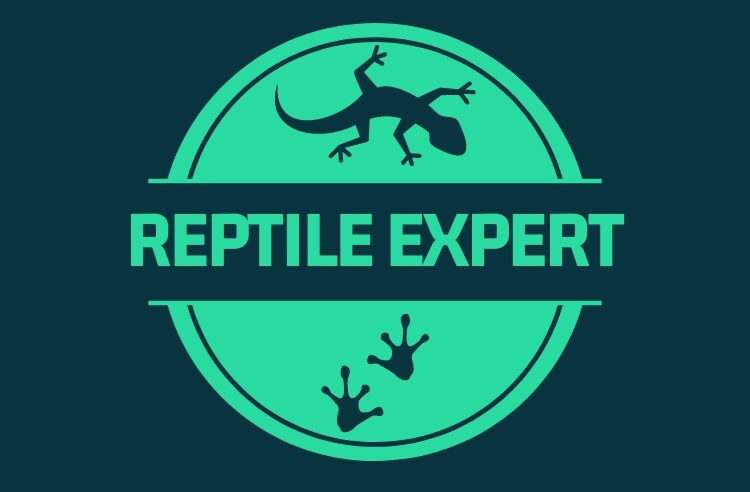With over 300 million years of history behind them, it’s hardly surprising that reptiles have a few unexpected secrets tucked away and today’s versions are every bit as intriguing as any of their prehistoric forebears.
Sixty million years on from the extinction of the dinosaurs, reptiles still occupy just about every habitat in the world, from the sea to the tops of mountains, and all the continents except Antarctica. It’s a pretty impressive record, but how much do you know about them? Do you know your squamates from your sea snakes, or are you hard pushed to tell the difference between a skink and the kitchen sink?
Why not try this fun little quiz and find out? The answers are at the bottom – and whether you learn something new, or find out you knew it all anyway, you’ll have to agree – reptiles are a fascinating bunch. Good luck!
- a) 2
- b) 4
- c) 6
- a) It has one less chamber.
- b) It has one more chamber.
- c) It’s located where a mammal’s liver would be.
- a) Snake?
- b) Lizard?
- c) Crocodile?
- a) Inland Taipan
- b) Black Mamba
- c) King Cobra
- a) Marine crocodile.
- b) Marine iguana.
- c) Coral lizard.
- a) After the pit at the base of their tails which contain the remnants of their hind-limbs.
- b) Because they naturally live in pits and caves.
- c) After the heat sensitive pits on their heads that help them locate prey.
- a) 820
- b) 8200
- c) 82000
- a) Boa
- b) Python
- c) Rat Snake
- a) It’s one of the extinct fossil ancestors of modern snakes and lizards.
- b) It’s a highly infectious blood-borne parasite found in African pythons.
- c) It’s a stone swallowed by some types of turtles and crocodiles to act as ballast.
- a) A sense organ that allows the air to be smelled/tasted.
- b) A scent gland that some female snakes use in the breeding season to attract males.
- c) A gland in the mouths of gharials that helps them excrete salt.
1. How many orders of reptile are there alive today?
2. How does a typical reptile heart differ from yours?
3. Can you name each of the world’s longest:
4. Which is the world’s longest venomous snake?
5. Which is the only ocean-going lizard in the world ?
6. Why are Pit Vipers so named?
7. Approximately how many species of reptiles are there, today?
8. The Anaconda is a type of what?
9.What is a gastrolith?
10. What is the Jacobson’s organ?
Answers
1. (b). There are 4 living orders of reptiles –Testudinata (or Chelonia) – the turtles, terrapins and tortoises; Crocodilia – crocodiles, alligators, caimans and gharials; Squamata – snakes and lizards; Rhynchocephalia (or Sphenodontia) – New Zealand’s “living fossil”, the Tuatara. Score 1 point if you picked (b) and 1 bonus point for each of the four you could name correctly.
2. (a). Reptile hearts typically have only three chambers – two atria and a single ventricle. Crocodiles, however, have four, while some kinds of snakes and lizards (notably pythons and monitors) have a muscular flap within the ventricle which acts a bit like a separating wall.
3. (a) The Reticulated Python; (b) the Komodo Dragon; (c) the Saltwater or Estuarine Crocodile. One point each.
4. (c) The King Cobra usually averages around 13 feet (4m) in length, but they can reach as much as 18 feet (5.5m), making them the longest venomous snake in the world.
5. (b). The seaweed-eating Marine Iguana (Amblyrhynchus cristatus) of the Galapagos Islands is the only ocean going lizard in the world today and can dive to depths of 50 feet (15m) and stay there for around 20 minutes – though they need to bask afterwards to warm up again!
6. (c) Pit vipers get their name from their infra-red detecting pits which help them to find and strike at their nocturnal, warm-blooded prey.
7. (b) There are approximately 8,200 species alive today, with squamata (lizards and snakes) making up around 96 per cent of the total.
8. (a) South America’s giant Anaconda is a species of Boa.
9. (c) Meaning “stomach stone” in Greek, it’s a stone swallowed by some types of turtles and crocodiles to act as ballast and help them stay submerged.
10. (a) It’s a sense organ located in the roof of the mouth that allows the air to be smelled/tasted – it’s the reason for all that tongue-flicking!
How Did You Do?
- 16; Great sage of reptiles
- 10 – 15; Well warmed up!
- 4 – 9; Basking nicely.
- 0 – 3; Avoiding extinction – just!
